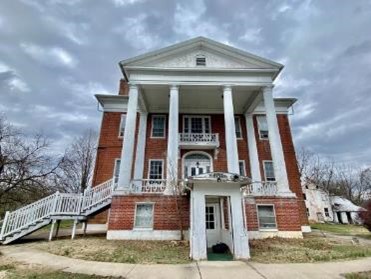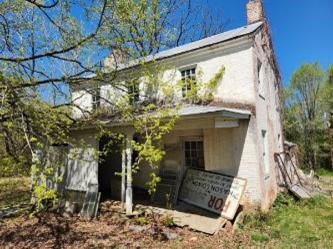VLCF Funded Projects
Virginia’s working farms and forests, battlefields and other historic sites, natural areas, parks and rivers are critical to its economy, culture and quality of life. In 1999, the assembly and governor established the Virginia Land Conservation Foundation (VLCF) to fund protection of these resources. The interactive map below depicts VLCF-grant projects funded since 2000.
| Name: |
Stanley Hall at New Market Battlefield |
| Category: |
Historic Area Preservation |
| Grant Round: |
FY24 |
| Acres: |
9.54 |
| Locality: |
Shenandoah County |
| Management Agency: |
Shenandoah Valley Battlefields Foundation |
| Owner: |
Private |
| ConserveVirginia: |
Scenic Preservation, Water Quality Improvement |
| Amount Awarded: |
$303,771.48 |
| Applicant: |
Shenandoah Valley Battlefields Foundation |
| Latitude: |
38.654913 |
| Longitude: |
-78.669215 |
| Description: |
Stanley Hall sits on 9.54 acres in the Town of New Market, Shenandoah County. The property is believed to have been originally settled by Nicholas Seehorn in the late 19th century. A large spring on the property has been cited as the reason why Seehorn located his dwelling at or near where the present Stanly Hall house sits today. Sometime in the first quarter of the 19th century Samuel and Mary Hupp acquire the property and are believed to have had the Hupp House constructed on the site, which was later used as enslaved persons quarters. This structure is extant today and became one of the domestic support structures for Stanley Hall when it was constructed in 1834. It is important to note that the man who had Stanley Hall constructed, Dr. John W. Rice, had major impacts on the history of the region, the Commonwealth, and the country. The most significant and far reaching of these impacts was his role as the founder and long-time president of the Valley Turnpike company, that constructed what, at the time, was one of the most technically advanced roadways in the world and what became one of the most important transportation routes in US history.
|
| Pictures: |    |
|---|

 Department of Conservation and Recreation
Department of Conservation and Recreation
 Department of Conservation and Recreation
Department of Conservation and Recreation

